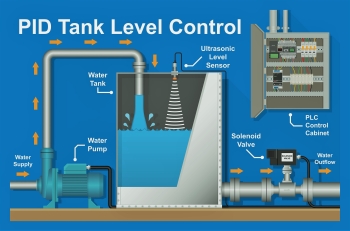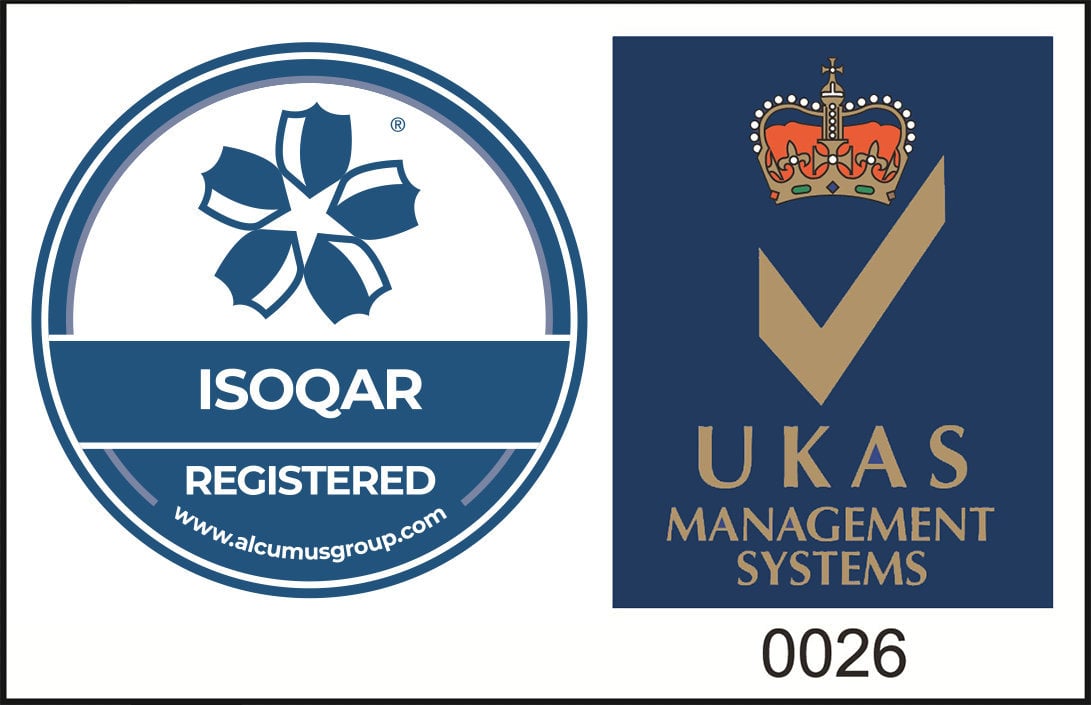

Is automation a recipe for success?
Published: 29/04/2022
Is automation a recipe for success?
Orders up! How has the food and beverages industry transformed over the decades?
From going to your local for a Sunday roast to jet setting across the world to dabble in various delicatessens, you are faced with a buffet of options when it comes to food and beverages. Dating back to the eras of the Roman Empire and Ancient Egypt, bread was handmade using barley, the Romans pioneered cheese and drinking like a fish was rife as a tipple of red certainly was not hard to come by. Even so many centuries ago, it was clear that living off the land, flavourful foods and delectable drinks made people happier than pigs in mud.
In modern day production, there is growing demand for more diverse flavours and instant access to them. In response, the manufacturing process has been revolutionised by automation, increasing efficiency and quality control alongside boosting output levels. According to a study by the British Automation and Robot Association (BARA), robotic automation has entered the “mature stage” with the UK food and beverage industry being the second highest user of the technology.

It’s time to spill the beans. How is automation used in the food and beverage industry today?
In modern day manufacturing, consumers are constantly on the lookout for new flavours and they want it to hit the shelves faster
than a speeding bullet. Therefore, optimising a manufacturing process to speed things up while also maintaining consistent quality is an absolute must. When it comes to ingredient preparation, packing and oven control to name a few, automation has stepped up to the plate.
So, let's take a look at how industrial automation is used in the food and beverage industry, using baked goods as an example.
Are your baked goods rising to the challenge? Automation makes it a piece of cake
This industry demands precision, mixing ingredients to a precise consistency and baking at an equally precise temperature. Whether it be your favourite biscuit to dunk in a cup of tea, your morning bagel and anything baked in between, automation has likely played its part.
First up is the arrival of raw materials whereby they are unloaded via a conveyor belt and sent straight to production or into storage. Powering this conveyor is a programmable logic controller (PLC) based pneumatic system. This automated solution means a speedy delivery and bulk handling as opposed to perhaps a few items being manually carried which would be far more time consuming.
Once the goods hit the production line, the mixing process begins. As you can imagine, with a manual approach an employee would have guns of steel having incorporated all their ingredients but with an automated method, a PLC nullifies this hardship and allows that employee to put their skills to work elsewhere. Using timers linked to software, the process is highly meticulous and both the weighing and batch mixing can be completed in a fraction of the time.
Next, it is time to turn up the heat as the mixed ingredients reach the oven. Conveyor belts can also be used here for transportation. These ovens are equipped with temperature controllers and the burners turn on and off once the required level of heat has been reached. Once again, this is controlled by the PLC, clearly an integral element of the baked goods manufacturing process.
Finally once the final product is ready to be delivered, it makes its way to the packing zone either via the conveyors or through an automated chute. Automated packing machines then kick into action. As baked goods are often delicate, these machines must gently yet efficiently perform the packing process, handling goods of different shapes and sizes and ensuring seal integrity. The machines are often equipped with a human machine interface (HMI) so the operator can track progress and data. Once successfully packed, the goods are then palletised using similar automated technologies.

There is a smorgasbord of benefits on offer: How can automation spice up your food manufacturing process?
Consistent Quality Control and Preventing Product Recalls
If you are accustomed to purchasing a product, you expect it to be the same each time, you expect to recognise the flavours and for the texture to be identical. You expect it to be consistent. As human beings, we naturally fall victim to human error no matter how great or small. The simple fact is that a single error in food production could be detrimental. With various touch points throughout the process, without technology it is incredibly difficult to monitor quality and this job would fall to an employee to assess. Perhaps sufficient in a small production line, this process would be far too time consuming in a dynamic, fast paced environment, hence the implementation of automation. Programmed to perform the instructed action repeatedly, production machines improve line efficiency, speed, food safety and of course, minimise the risk of human error. As a result your brand image is safeguarded as happy customers have no need to return goods.
Traceability and Visibility Using Data
Nowadays, consumers have a need to know how their produce is made and what goes on behind the scenes. In reality, recalls are not completely out of the picture and there is always a chance of them rearing their heads, however having an automated process in place means data on the origin of the fault will be available. Identifying the root of the problem lends itself to damage limitation and the preservation of your company reputation.
The uses of this data goes beyond just production line traceability and into market analysis. For instance if your production data shows an increase in manufacturing a certain food, you can determine an increasing demand for said product, pinpointing trends and analysing consumer behaviour. Once you have this data and knowledge, it can assist you with future product development and sales forecasts. There is a reason why data is so very valued!
Increased Efficiency and Production Output
Linked closely with data is efficiency and output. Provided you have the correct automation machinery in place and each one is effectively communicating, they can run around the clock, meaning more produce is produced and time is efficiently managed. The real time data received can also indicate when maintenance will be required, allowing for planned preventative maintenance and downtime. For example, if a machine is showing to be running slower than usual, this flags as a warning on the HMI to be aware of the maintenance needed.
Flexibility and Adaptability
Changes in consumer trends mean the production process follows suit. With a solely human workforce, these changes may mean months of training to operate new machines, however with an automated process, the solution can be as simple as reprogramming a PLC with fresh instructions.
Reduce Waste
According to the Food and Agriculture Organization (FAO), 1.3 billion tonnes of food is wasted globally per year. Waste management throughout the production process has therefore become a key focus. By monitoring the data produced by automated machines and only creating the products needed saturating the market and supermarket shelves with produce which is destined to surpass its sell by date before being consumed. The enhanced quality control also assists with the fight against food wastage. If a food is correctly packaged and of good quality, shelf life is increased. For instance, if you had a horrifying discovery of mold on bread due to poor packing methods, it would meet its harsh fate in the bin, however having gone through an automated packing process, the life of the bread will be preserved for longer, hopefully resulting in a much more positive outlook for your loaf.

Are you ready to follow a recipe for success?
No matter your automation requirements, Northern Industrial has you covered. From replacement sensors to HMIs served with a side of PLC repairs and obsolete spare parts, we are committed to optimising your operations.
Industrial automation is part of our DNA. If you are on the hunt for a complete automation solution for your food and beverage manufacturing process, we are ready and waiting to provide the scrumptious support you deserve in the fight against unplanned downtime.
Want to find out more?
If you'd like to learn more, click the button below and one of our helpful friendly team will be in touch. Alternately you can reach us by phone on +44 800 234 3747
Share this article





























